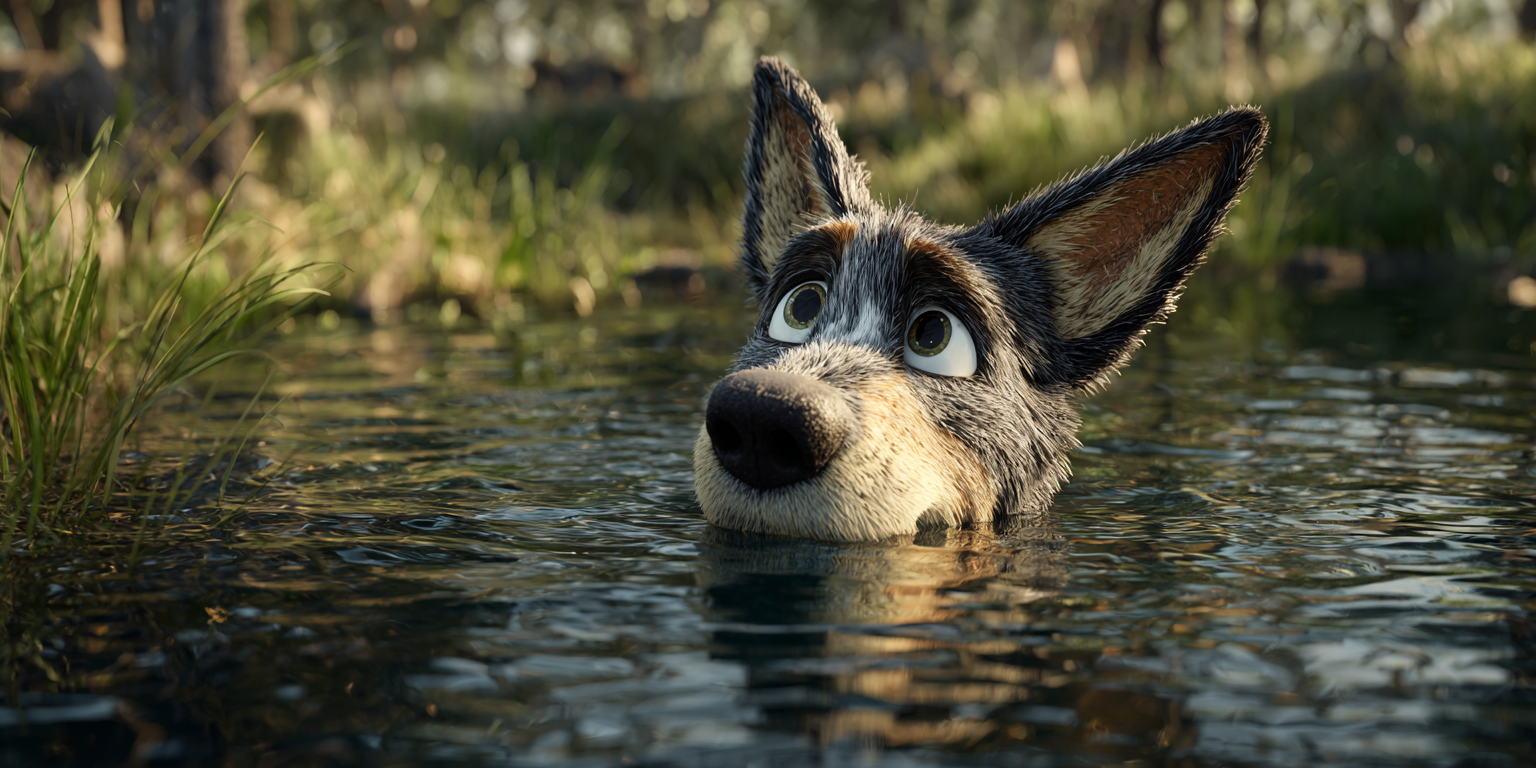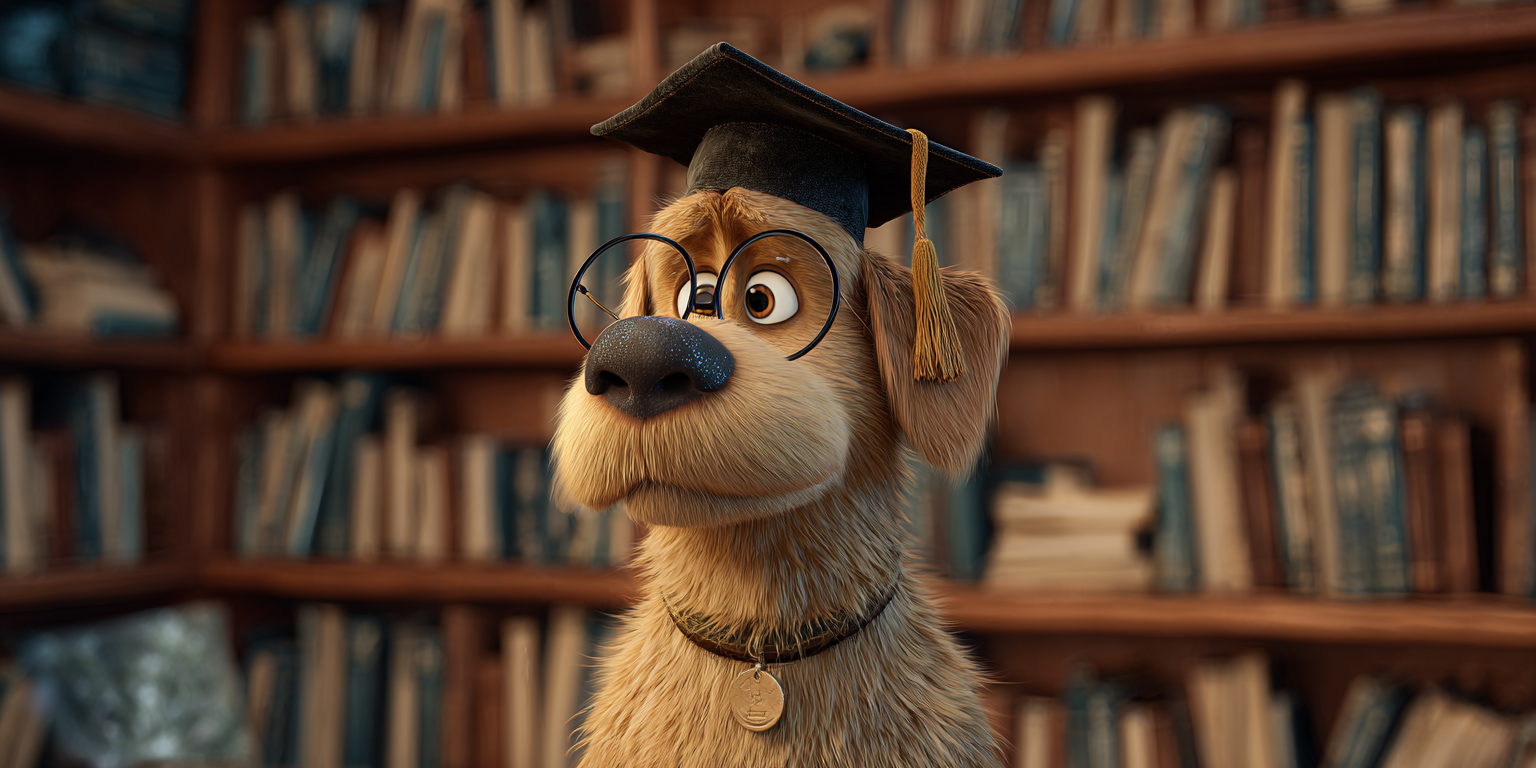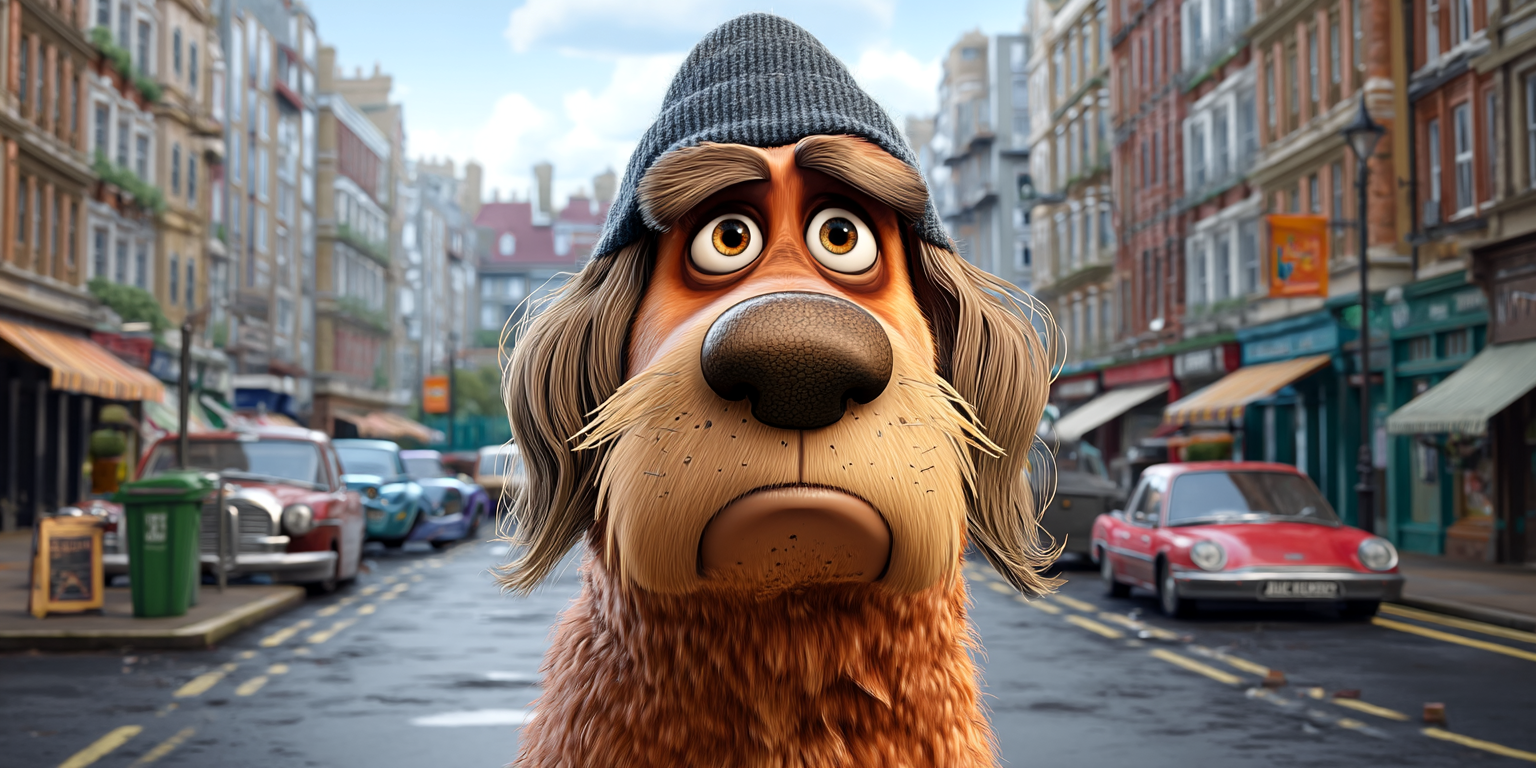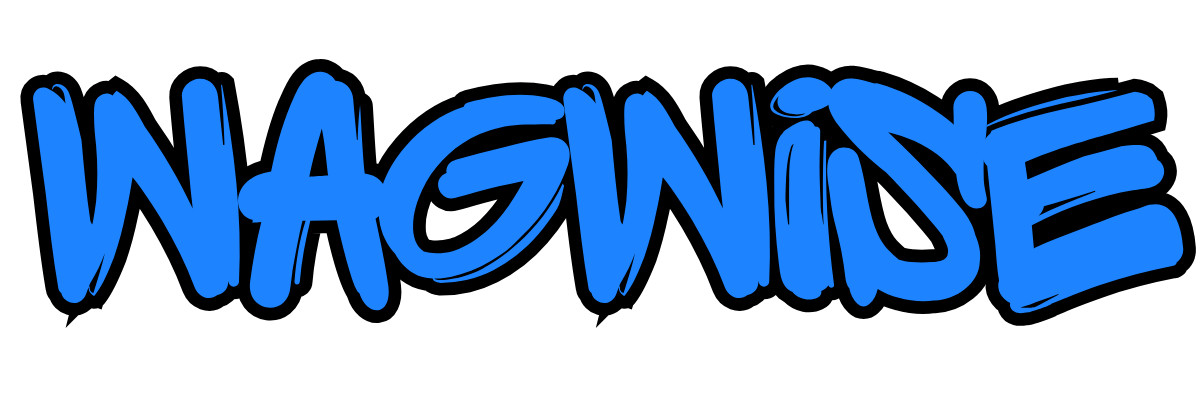Teething Puppies: What to Expect and How to Help
Teething Puppies: What to Expect and How to Help (with Advice from Grumpy Old Max)
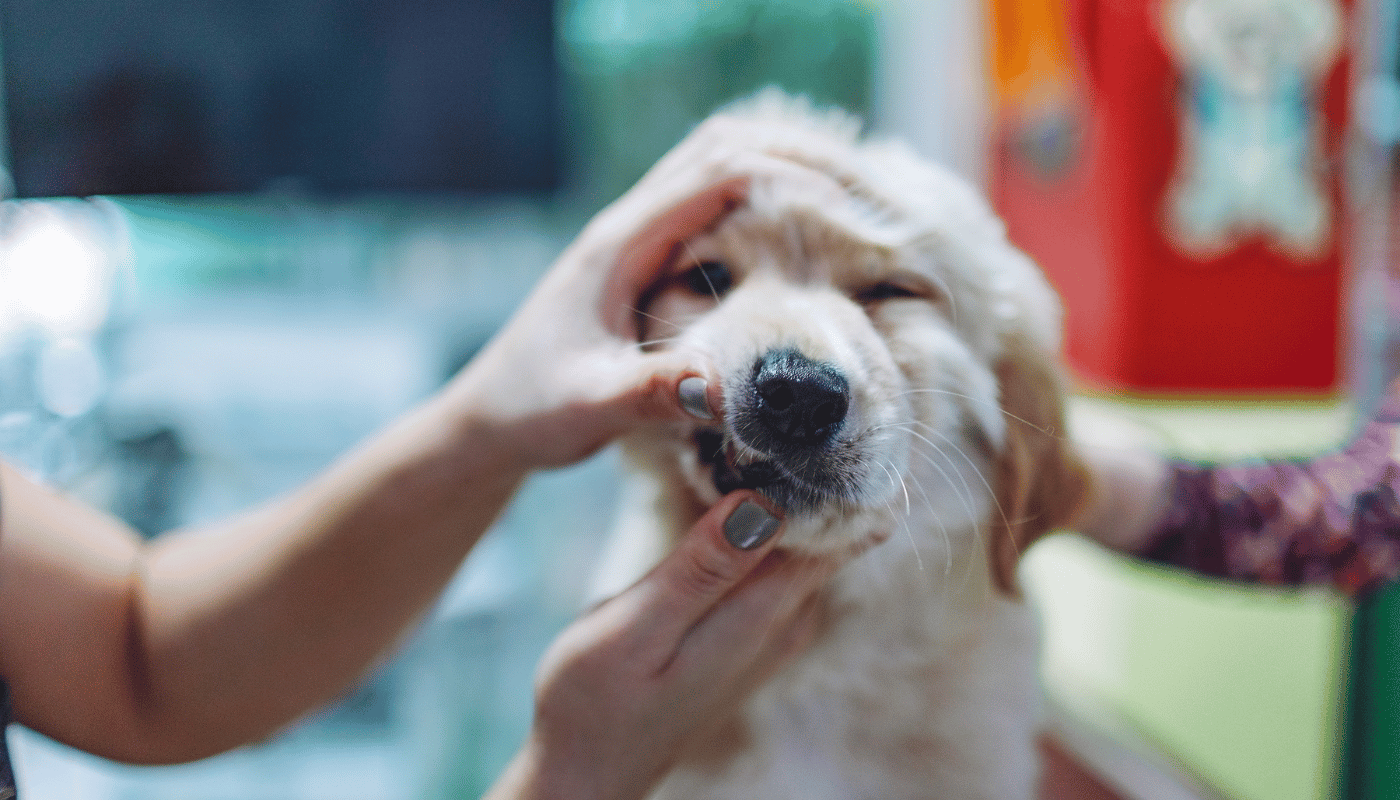
So, you’ve brought home a tiny, adorable puppy, and all is right with the world—until your favourite shoes are shredded, the coffee table has suspicious chew marks, and those baby teeth are popping out like popcorn.
Welcome to the wild ride of puppy teething.
Or as
Grumpy Old Max puts it:
“Brace yourself, human. Teething puppies are like cute little chainsaws with paws.”
In this comprehensive guide, we’ll explain what’s happening inside your puppy’s mouth, what to expect during each stage, and most importantly—how to survive the teething apocalypse with your sanity (and furniture) intact.
🦷 What Is Puppy Teething?
Teething is the natural process of your puppy’s baby teeth falling out and being replaced by adult teeth. It’s completely normal, but it can be uncomfortable for them—and disruptive for you.
Dogs, like humans, have two sets of teeth.
First, they develop 28 sharp baby teeth (called deciduous teeth), followed by 42 adult teeth.
Grumpy Old Max:
"Those baby teeth are like tiny daggers. Great for chewing. Terrible for your toes.”
🐾 The Puppy Teething Timeline
Understanding the stages of teething can help you stay one step ahead of the madness.
1. Baby Teeth Erupt (2–4 Weeks Old)
This happens before you even bring your pup home. At this age, the puppy is still with their litter, and those razor-sharp baby teeth are already emerging.
2. All Baby Teeth Are In (5–6 Weeks Old)
By 6 weeks, your puppy will have all 28 deciduous teeth. You may notice their bite becoming stronger.
3. Teething Begins (12–16 Weeks Old)
Here’s when the fun really starts. Around 3 to 4 months of age, the baby teeth start falling out. Your pup will chew on anything and everything to soothe the discomfort.
Grumpy Old Max:
“If it fits in their mouth, it’s fair game. Shoes, socks, furniture, your hopes and dreams.”
4. Adult Teeth Emerge (4–6 Months Old)
The adult teeth begin replacing the baby ones. You may even find the occasional tiny tooth on the floor or embedded in a toy.
Fun fact: Puppies often swallow their baby teeth—it’s totally harmless.
5. Teething Ends (6–8 Months Old)
By this point, all 42 adult teeth should be in place. Congratulations! You made it through.
Grumpy Old Max:
“Now you’ve got yourself a real dog—with real teeth and a real attitude.”
😬 Common Signs of Teething
You’ll know your puppy is teething when you start to notice these signs:
- Chewing everything (especially wood, shoes, and your fingers)
- Drooling more than usual
- Red, swollen gums
- Mild bleeding in the mouth (you might see blood on toys)
- Whining or irritability
- Loss of appetite
Grumpy Old Max:
“Teething turns your sweet fluffball into a drooly, bitey monster with a bad attitude and a furniture vendetta.”
🐶 How to Help Your Teething Puppy (and Save Your Stuff)
Let’s face it—puppies are going to chew. It’s your job to direct that chewing to safe, appropriate places.
1. Provide Teething Toys
Offer a variety of textures:
- Soft rubber toys
- Puppy-safe nylon bones
- Freezable toys (great for soothing sore gums)
DIY Tip: Soak a clean washcloth in water or low-sodium broth, freeze it, and let your puppy chew on it.
Grumpy Old Max:
“Frozen washcloths: because nothing says ‘I love you’ like letting your pup chew on your laundry.”
2. Use Puppy-Safe Chews
Look for:
- Bully sticks (supervised only)
- Dental chews for puppies
- Frozen carrots (natural and soothing)
Avoid rawhide and anything too hard—they can damage teeth or pose a choking risk.
3. Redirect, Don’t Punish
If your pup starts gnawing on the coffee table leg, calmly redirect them to a toy.
Reward them when they chew appropriately. Positive reinforcement helps build good habits.
Grumpy Old Max:
“Don’t yell. Just trade your antique chair leg for a rubber chicken and carry on.”
4. Puppy-Proof Your Home
Out of sight, out of mouth:
- Store shoes in closed closets
- Use baby gates to limit access
- Hide charging cords (they love those!)
It’s temporary, but it can save your belongings—and your nerves.
5. Give Plenty of Exercise and Stimulation
A tired puppy is a good puppy.
Physical and mental exercise helps reduce destructive chewing caused by boredom or excess energy.
Try puzzle feeders, training sessions, and supervised play.
.
🩺 When to See the Vet
Most teething issues resolve naturally, but sometimes you’ll need professional help.
Watch for:
- Retained baby teeth (two teeth in one spot)
- Swollen or infected gums
- Bad breath or signs of pain while eating
- No adult teeth by 8 months old
Retained teeth can lead to alignment issues and should be removed by your vet.
Grumpy Old Max:
“If your pup’s mouth looks like a shark’s—with double rows of teeth—it’s time for a vet visit.”
🛑 What NOT to Do During Teething
- Don’t give cooked bones – They splinter and are dangerous.
- Don’t let them chew rocks or sticks – Broken teeth and choking hazards.
- Don’t punish teething behaviour – Chewing is instinctive, not naughty.
- Don’t let them suffer – If your puppy seems miserable, talk to your vet.
🧼 Dealing with the Mess
Let’s be real.
Teething gets messy.
Here’s how to stay sane:
- Keep towels handy for drool
- Use washable chew toys
- Wipe gums with a damp cloth after meals if needed
- Introduce brushing once adult teeth come in
Start early with toothbrushing so your dog tolerates it later.
Grumpy Old Max:
“You think brushing your teeth is boring? Try doing it with paws and no thumbs.”
🎓 Teething & Training: A Golden Opportunity
Use teething time as a chance to shape good habits.
- Teach bite inhibition – Yelp or withdraw attention when they nip too hard.
- Work on commands – Sit, stay, drop it (especially useful for forbidden chew objects).
- Socialise carefully – Be gentle during teething, but continue exposing them to safe experiences.
This stage is challenging, but it’s also a chance to bond and build trust.
😅 Final Thoughts: Surviving the Teething Phase
Teething can feel like a long, frustrating slog—but it doesn’t last forever.
With a little patience, preparation, and a sense of humour, you and your puppy will come out the other side with all your limbs (and furniture) mostly intact.
Let’s let Grumpy Old Max sum it up:
“Look, I was a teething pup once too. Chewed the legs off Grandma’s dining table. She still loved me. You’ll survive this. Your shoes won’t. But you will.”
📌 Quick Puppy Teething Checklist
✅ Puppy-safe chew toys
✅ Frozen teething treats
✅ Baby gates and storage
✅ Positive reinforcement
✅ Vet check if something seems off
✅ Patience. Lots of it.
And most importantly—don’t forget to enjoy the snuggles between the chomps.

